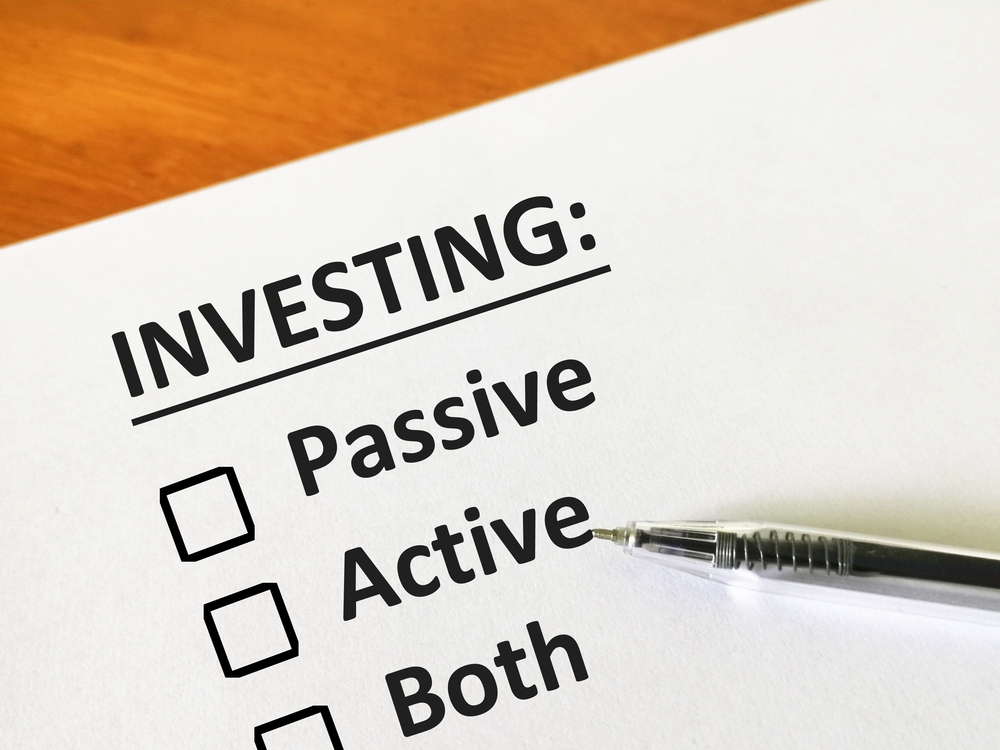
There are two main types of investing: active and passive. Active investing involves buying and selling securities in an attempt to beat the market. Passive investing, on the other hand, involves investing in a diversified portfolio of securities and holding them for the long-term.
So, which is better? Active or passive investing? The answer depends on your goals, risk tolerance, and time horizon.
What is Active Investing?
Active investing is a strategy where investors buy and sell securities in an effort to beat the market. Active investors typically have a shorter time horizon and are more hands-on with their investments than passive investors. Hedge funds are active investors, as they’re constantly trying to research opportunities to outperform the general market. This could give you the opportunity to earn more than someone who simply ‘rode the wave’ of the broader market. (The amount that an active fund outperforms the market is known as its “alpha.”)
The Benefits of Active Investing
The main benefit of active investing is that if your bets pay off, you can earn significantly more than the rest of the market. For example, you identify a stock that is significantly undervalued and buy it. When it doubles in the next six months, you’ll earn a lot more than if you had simply purchased an ETF (covered in passive section below).
The Disadvantages of Active Investing
The obvious flip side would be if your bets don’t pay off. Maybe that security you thought was undervalued was actually cheap for a reason; it continues to underperform or go bankrupt and you’ve lost your investment.
Another disadvantage is that if you’re constantly buying and selling securities you could be generating significantly more expenses. Getting into and out of funds will generate more commission fees. If you hold an investment for less than a year you’ll pay tax on short-term gains at your ordinary income tax rate. There has been research showing that these costs can cause many active investors to actually underperform their passive counterparts.
What is Passive Investing?
Passive investing is an investment strategy that involves buying and holding a portfolio of securities for a long period of time, regardless of market conditions. The goal is to earn a return that matches the performance of the market, after costs. Passive investors typically invest in index funds or exchange-traded funds (ETFs) that track a specific market benchmark, such as the S&P 500 Index.
The Benefits of Passive Investing
Passive investing is a “set it and forget it” approach and will lead to much less involvement on your part. That doesn’t mean you should neglect your investments, as you’ll still want to monitor performance and perform rebalancing when necessary. You just won’t need to buy and sell securities on a regular basis. There are also much lower fees and taxes with this approach, and your taxes will tend to be treated as long-term gains (and given a more favorable rate).
The Disadvantages of Passive Investing
Matching the market performance can be a great thing when the market is going up, but may not be as fun when the market is crashing. Passive investing won’t offer any of the downside protection that some of the active managers will, so you may be exposed to losses when the broader market faces declines.
Which One is Right for You?
Ultimately, there are no right or wrong answers. At the end of the day your decision will likely come down to personal preference. If you think an investment manager can consistently outperform the market you’ll gravitate towards active investing. If you would be content earning what the S&P 500 returns over the next few years then you should choose passive investing.
Still not sure which would be best for you? Let’s have a quick call to discuss.